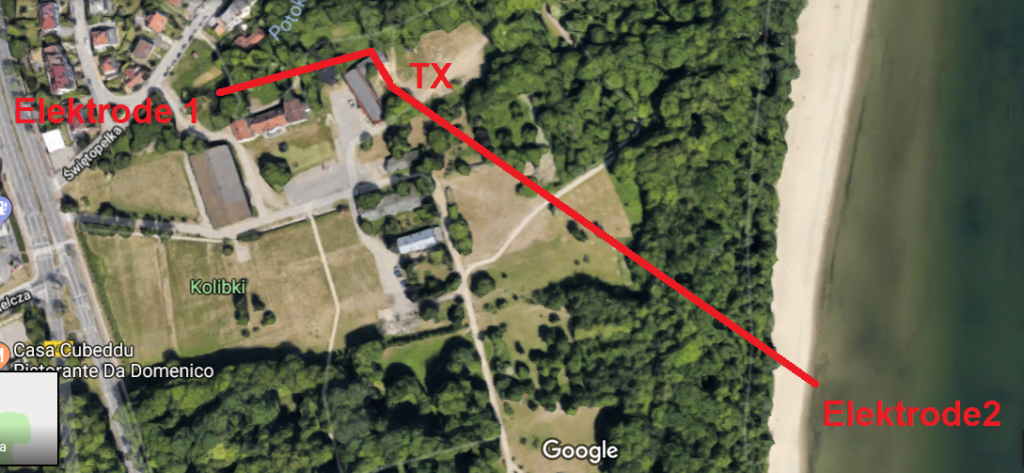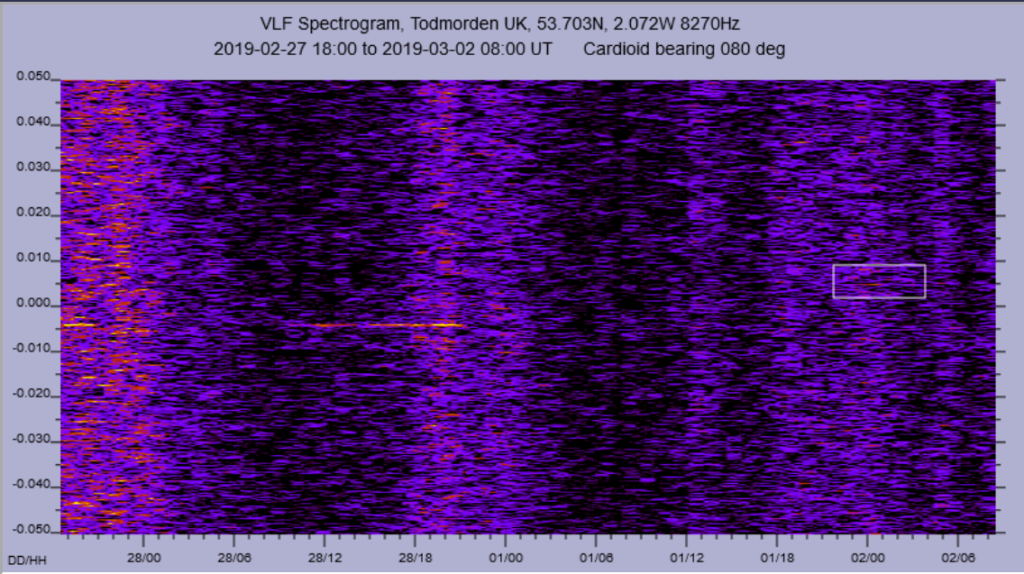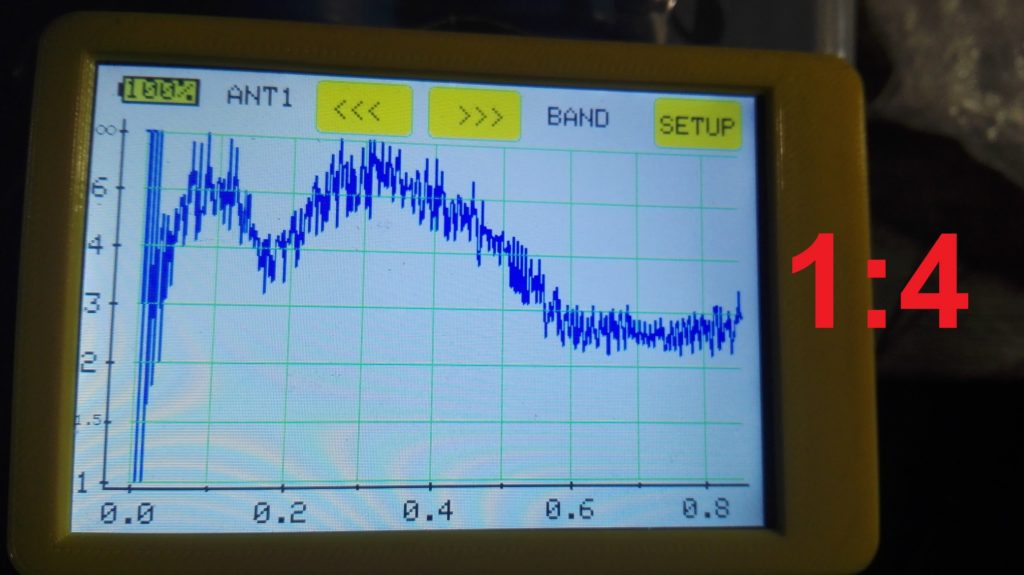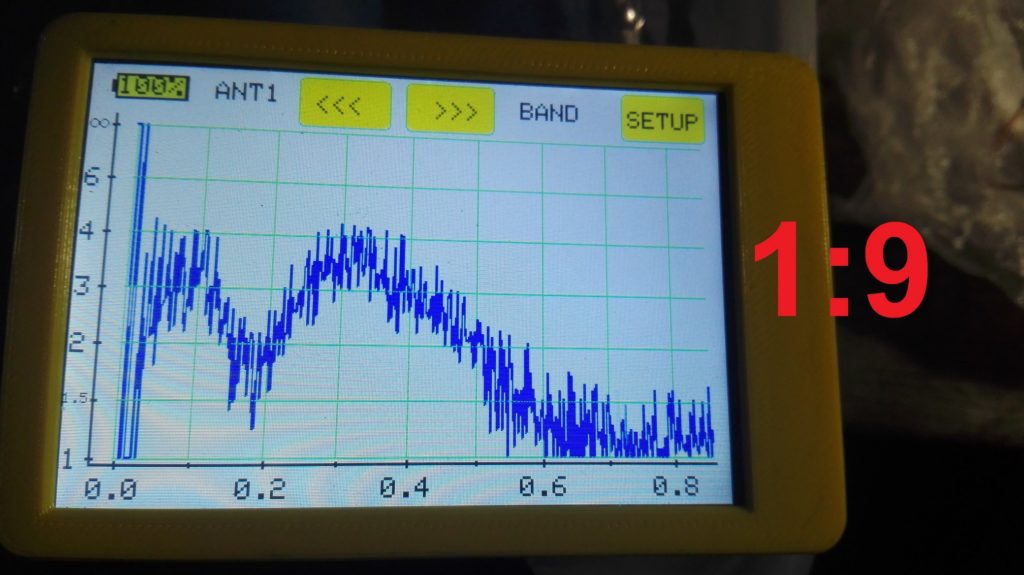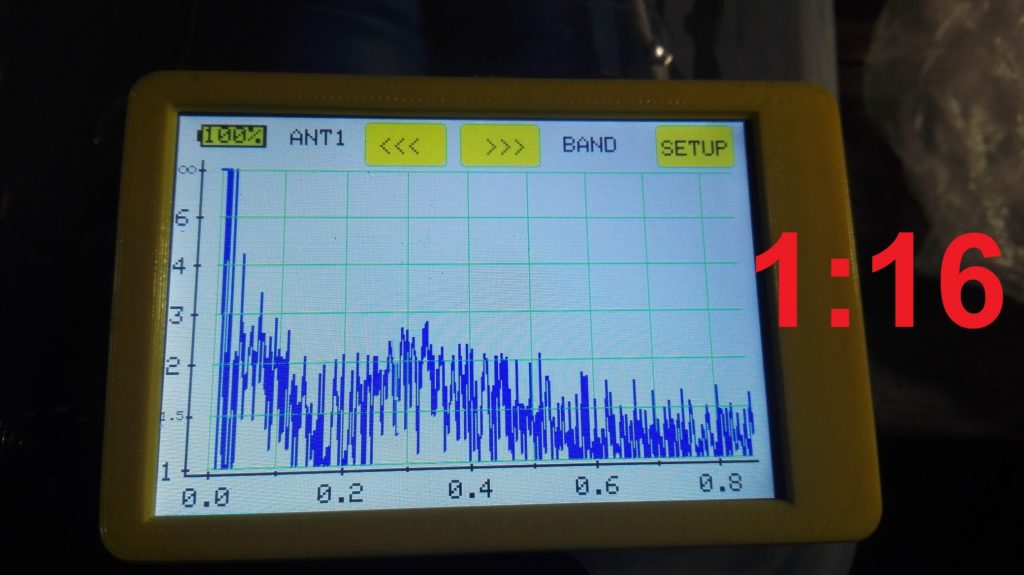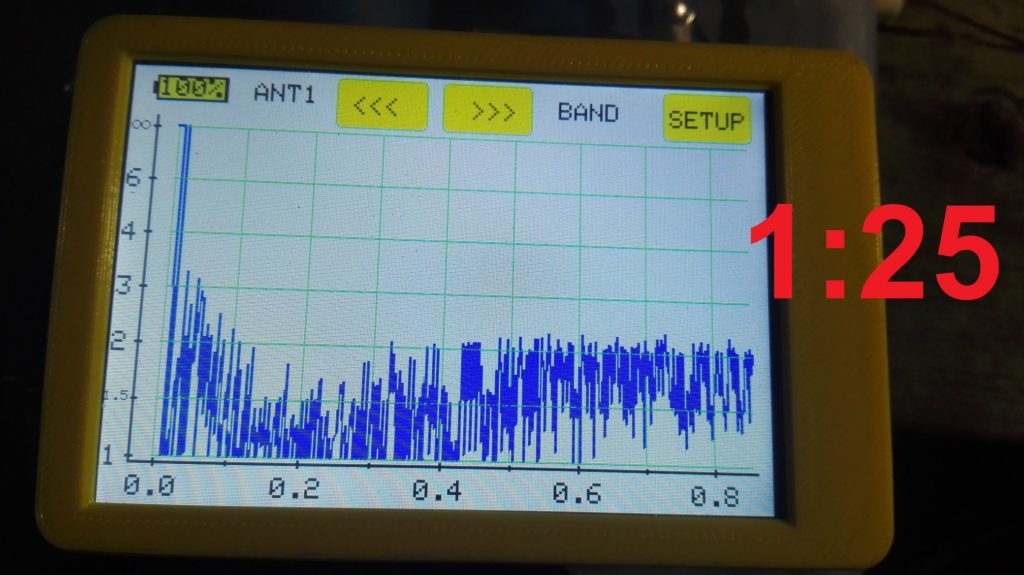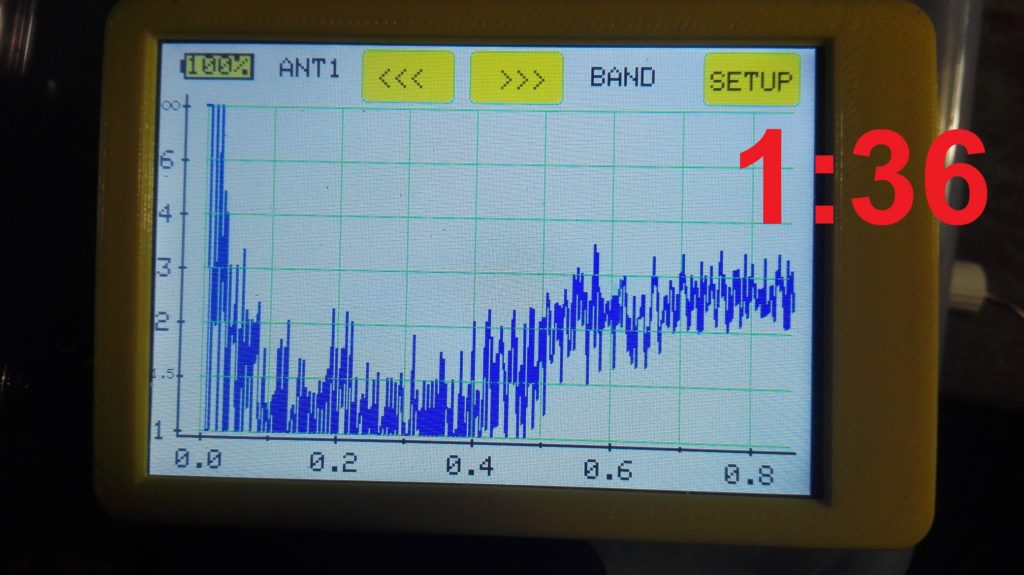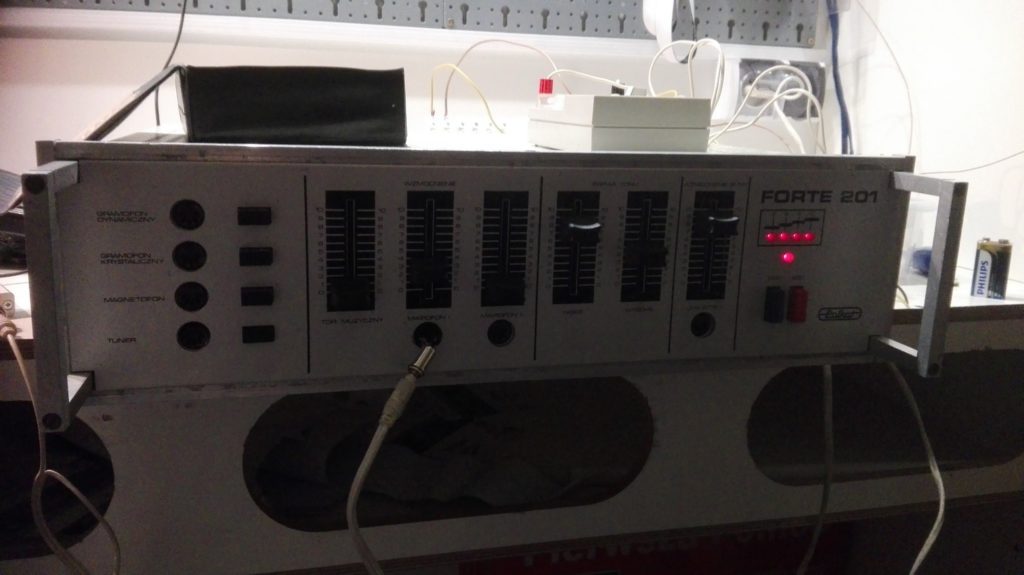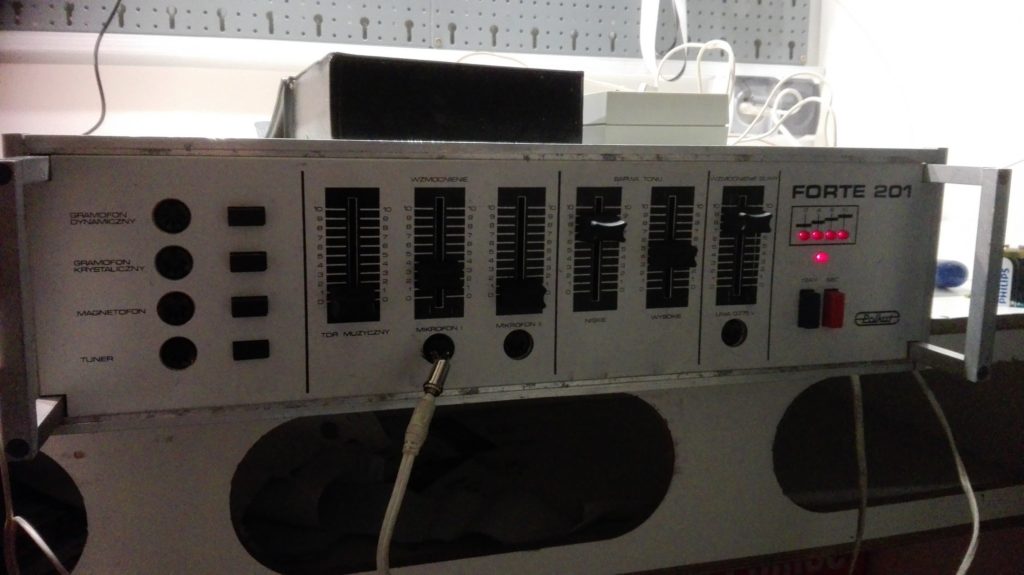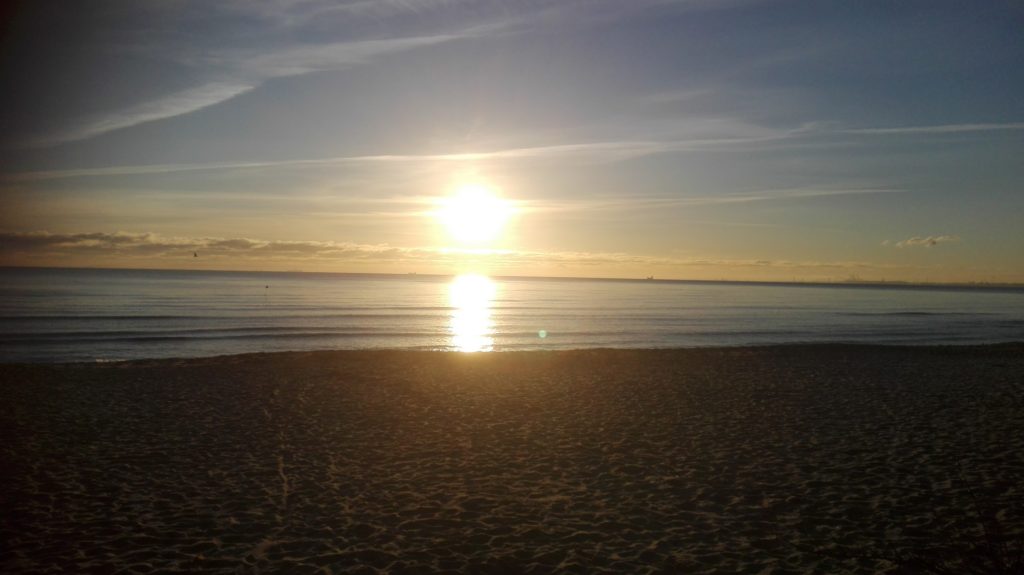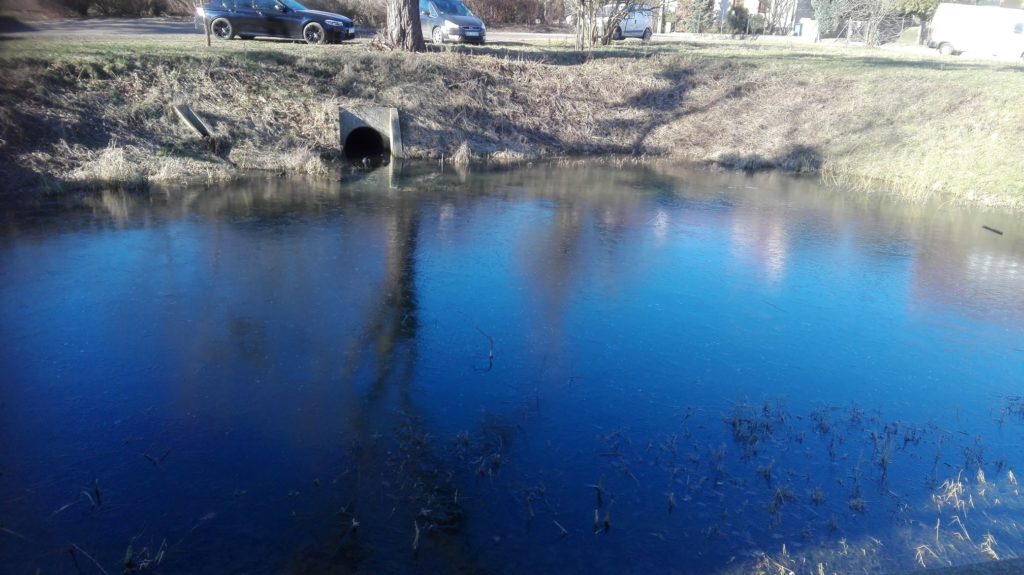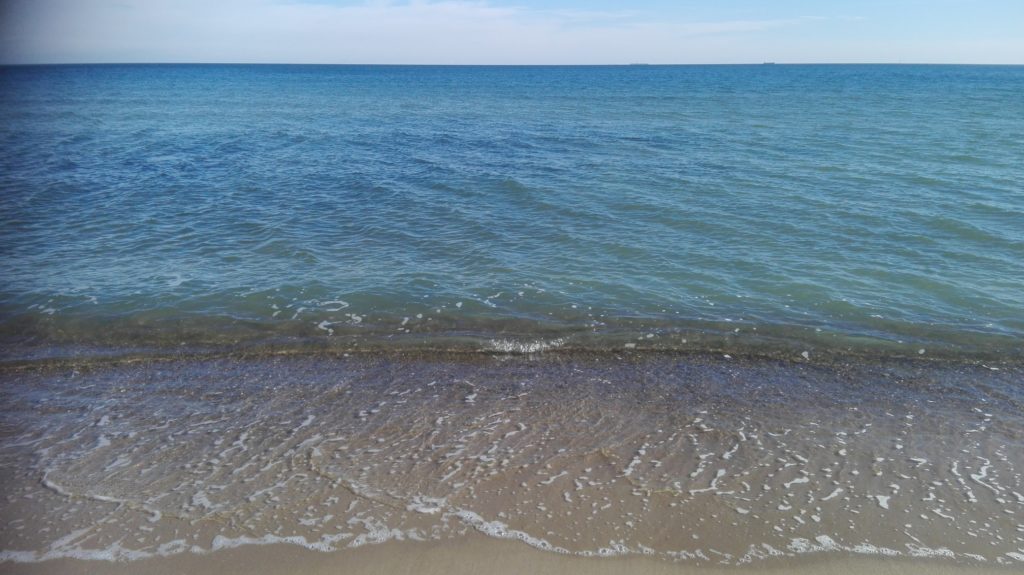Encouraged by our last experiments with ground dipoles we decided to do a transmit experiment with this antenna on VLF 8.270kHz, 36km (36000m) wavelength. Thanks to Fab LAB Trójmiasto we had a great location on the see on a cliff near the Baltic Sea in Gdynia. Our goals for this experiment were:
- Try transmitting from a ground dipole on VLF
- Assess the field strength near the sea
- See if it is possible to reach greater distances with relatively simple equipment and low power.
- Test a broadband transformer for VLF-LF-MF
1. Location
We had a great location on a cliff in the Kolibowski Park near the Gdańsk Bay, and hoped that the ground water level would be low (increasing the ground loop area). We could also use two water bodies for grounding: a nearby lake an the Baltic Sea.
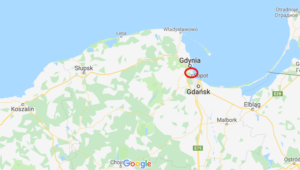
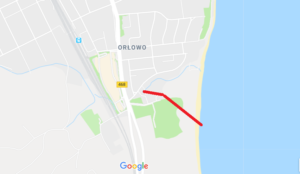
3.Antenna
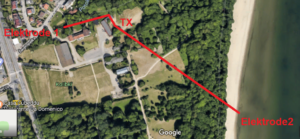
The antenna length was about 500m. The antenna was grounded a small local lake (using a 1m long aluminum profile) and the Baltic Sea (10m of wire sunk in the Gdańsk Bay). For the antenna wire we used a copper-coated steel welding wire of about 1.2mm circumference (160m) and 0.8mm (the rest of the length). It was not the best material available, but we used it because of low cost. Where possible the wire was strung high in woods and bushes.
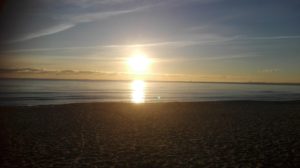
A beautiful sight from one of the antenna ends

The other end of the antenna
The antenna parameters were:
- Antenna voltage at the feed point: 300V
- Antenna impedance at 8.27kHz: about 1200Ω
- Resistance measured ad DC: about 500Ω
- Calculated DC resistance of the antenna wire: around 140Ω
- Transmitter power: around 75W
- The radiated power is probably well below 1 uW (0,000001W)
4.Equipment:
– GPS synchronized generator
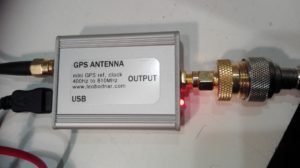 – A generator based on an old terminal; with an x86 processor, which had a uBlox Neo-7m GPS installed inside. The GPS is connected to the terminal serial port for control, and to use the GPS output for a coarse time reference (this is not very precise because the 1PPS signal is not connected). A 20kHz signal from the gps is connected to the sound card in the terminal and is used as a reference for Paul Nicholson’s excellent ebsynth Linux DDS and modulator
– A generator based on an old terminal; with an x86 processor, which had a uBlox Neo-7m GPS installed inside. The GPS is connected to the terminal serial port for control, and to use the GPS output for a coarse time reference (this is not very precise because the 1PPS signal is not connected). A 20kHz signal from the gps is connected to the sound card in the terminal and is used as a reference for Paul Nicholson’s excellent ebsynth Linux DDS and modulator
This enabled us not only to generate a carrier, but also to transmit ebnaut
- old Polkat Forte 201 public address amplifier
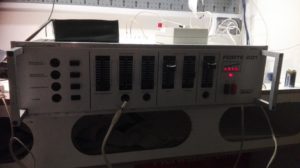
This amplifier has been modified a bit. More output transformer taps were made available on the back connector. Forced cooling with two computer fans was added to enable continuous work at high power.
- An autotransformer for 8,27kHz-479kHz.
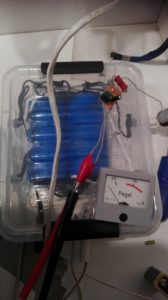
Uniwersalny nadawczy autotransformator antenowy na pasma 8,27kHz, 136kHz i 472kHz.
- Results:
-The signal was received by Paul Nicholson at a distance of 1342km. As far as we know this is the first international reception of an amateur generated VLF signal from Poland. We transmitted “SP” (which is the prefix for polish stations) using the EbNaut mode on 8270.00073Hz.
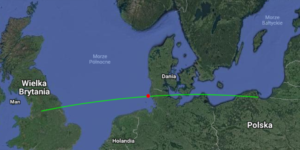
From 20190302 11:30 UTC to 20190303 04:00 UTC we transmitted a carrier on 8270.005Hz. This was visible on Paul Nicholson’s grabber:
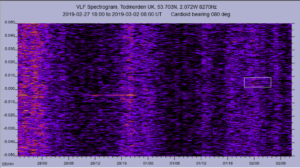
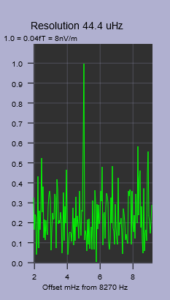
Our signal received at 1342km distance
-We measured the magnetic component of the field using a 90cm diameter loop antenna. The signal was visible at about 6km distance even with a fast FFT. At first we used 131072 FFT size with 48kHz sample rate: 370mHz per FFT bin, 2.7s FFT window time, later we added 32x decimation, which gave 11mHz per FFT bin, 1.5min FFT window time.
-The reception was better over high conductivity terrain. For example reception was better over a river than a shirt distance from it.
-The experiment showed that it’s possible toget positive results from cheap and simple amateur equipment.
-The ferrite ring autotransformer has proven itself. It was cold even during continuous power for long periods of time.
- The experiment was done by:
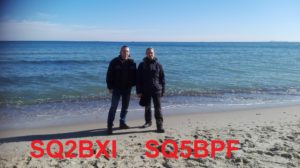
-Marcin SQ2BXI
-Jacek SQ5BPF
-Julian (no callsign yet)

